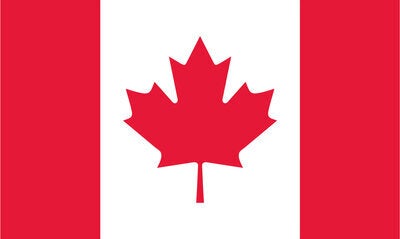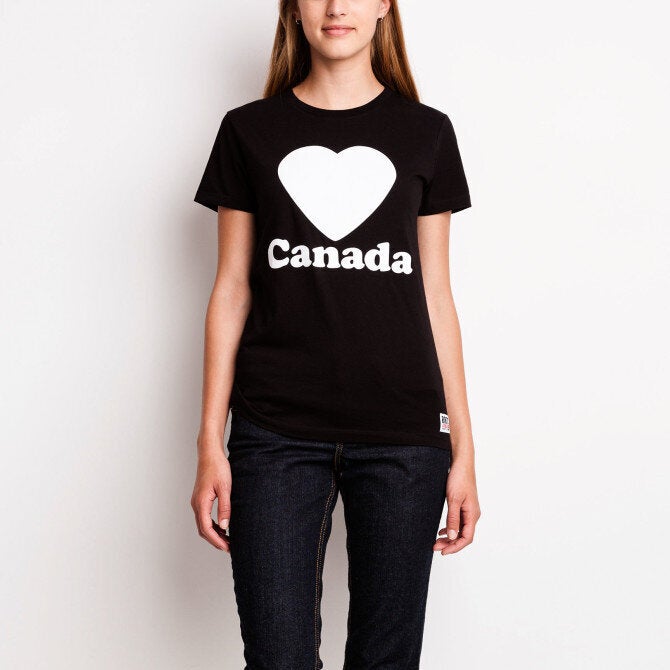
This Canada Day has given me more than a reason to pause and celebrate. With all the waving of "red and white," it reminds me of how colour impacts our daily lives. When we can start to see and experience the world in colour, we are able to unleash our creativity -- and be more productive.
For centuries, long before Canada was born, different cultures have been experimenting with colour, including the ancient Egyptians, Chinese, Aztecs and Greeks. From clothing to architecture to spiritual healing to scientific studies, colour has played an important role in our culture and evolution.
In honour of Canada Day, let's take a look at the colour red and its impact on our culture.

Historically, obtaining pure bright colours from dyes, which came from natural sources, was extremely labour intensive. Then came along technology, which enabled early society to process a bright red colour -- and red became civilization's symbol of power.
In medieval times, people of power, such as the nobility, judges and executioners, wore red robes or coats. Later, armies used red for uniforms; today, the RCMP dons red. Red has been used in the political arena (e.g. a symbol of communism and socialism) and many countries, like Canada, use it in their national identity. Many corporations use red in their logos for impact. Products are draped with red packaging to stand out. Red is used to warn us of danger on the roads, yet is also fashionable for sports cars. Red is the colour of blood. "Infrared" radiation is used as a healing tool in medicine.
Colour has a vital impact on our moods, well-being and productivity. The human eye can see a wide-range of colours, with some colours (and combos) bringing about profound reactions. Certain colours can be eyesores (bright yellow). Others are soothing (baby pink), or can minimize fatigue (pastel blue), and promote balancing and healing (green, blue). Some are depressing (black, grey).
Everything on earth is made of electromagnetic energy vibrating at different frequencies that correspond to sound, light and colour. We view our reality through sound, light and colour frequencies. Colour is light made of different frequencies and wavelengths; each colour has its own frequency and wavelength (the primary colours are what we know as the "rainbow" spectrum).
The colours we use in our workplace and home environments create ambiance, and impacts mood and creative energy. Colours can be used in a variety of combinations to get different effects. For instance, many hospitals choose pink or blue or white for the walls to get a particular effect. Corporations often use boring or dull colours like grey.
As for your wardrobe, the colours you choose to wear may enhance or depress your creativity. The colours you wear send signals to others around you and each colour is associated with different personality characteristics. To feel cheerful, wear yellow. If you want to feel sophisticated and powerful, wear black, a colour traditionally worn by artists. Red is energizing, passionate, courageous and often reserved for extroverts (think "power colour"). Pink is soft and approachable. Indigo is inspiring and traditional. Blue is honest, logical and calming. Orange is sporty and can stimulate creativity. Brown is conservative and earthy. White is pure and neutral.
Even the colour of food can impact our daily lives. Think of all the health benefits from eating a plate of colourful veggies.
Without a doubt, we live in a world where colour dominates our lives, from seeing traffic signs, to weather patterns in the sky, to identifying food, to identifying people of different races -- and nations.
So this Canada Day, while you are celebrating and waving "red and white," use it as a means to spark your creativity by seeing and experiencing how colour around you impacts you. Start to see this world in colour and your creativity will bloom.
Did you know...
According to scientists at John Hopkins University, the colour of the universe is beige.
Based on an excerpt from The Whispering Heart: Your Inner Guide to Creativity. Previously appeared at ShannonSkinner.com
ALSO ON HUFFPOST:
